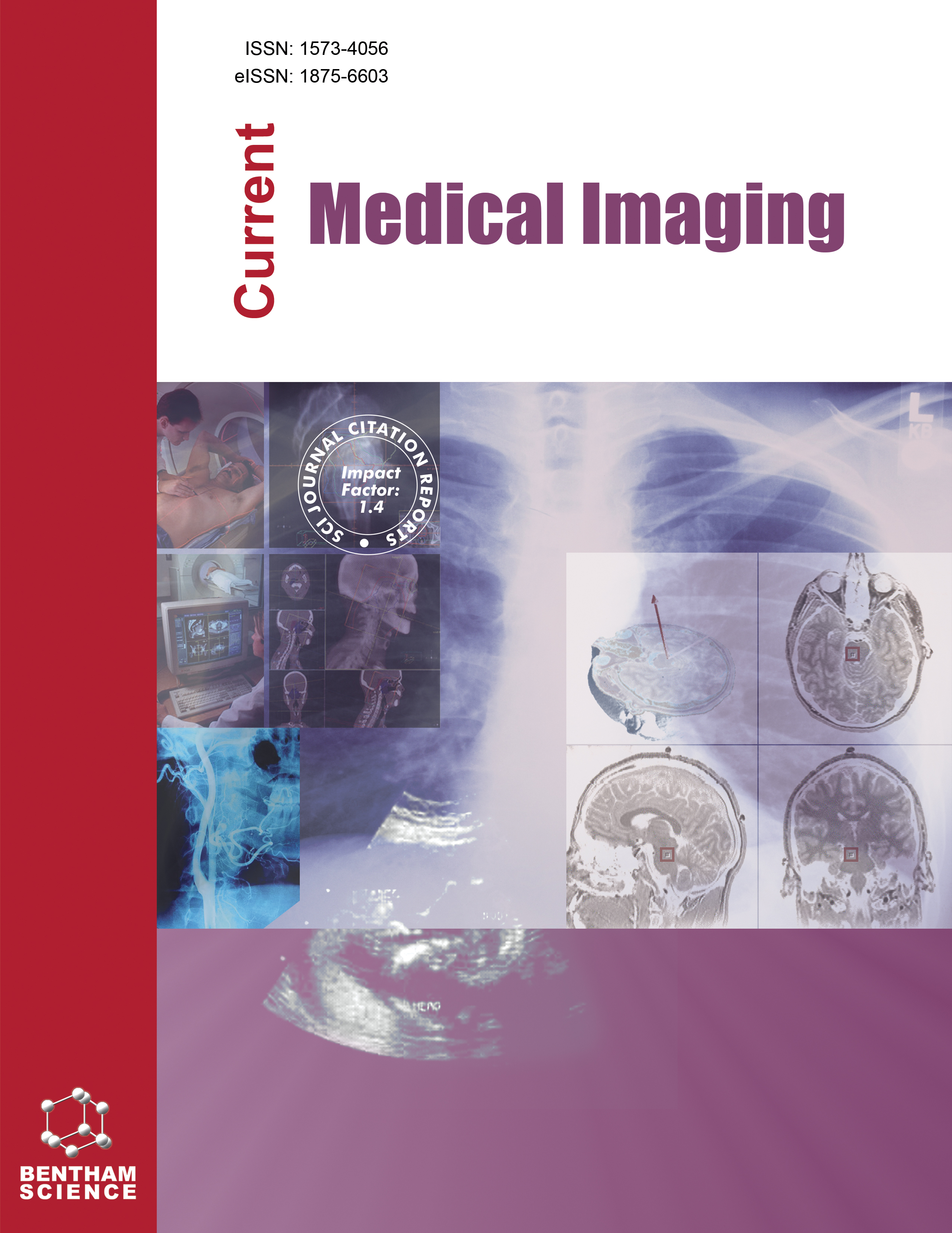-
oa Inadequate Gonadal Replacement in Patients with Turner Syndrome may Result in Pituitary Volume Enlargement
- Source: Current Medical Imaging, Volume 21, Issue 1, Jan 2025, e230223213994
-
- 30 Nov 2022
- 16 Feb 2023
- 01 Jan 2025
Abstract
Patients with Turner syndrome need hormone replacement therapy for puberty induction. However, it is not known whether inadequate hormone replacement therapy affects the pituitary.
Patients with Turner syndrome (n=35) and healthy control (n=20) (age/gender matched) subjects were included. MRI imaging of the pituitary was used to calculate pituitary volumes. According to the estradiol regimen, patients were divided into two groups; (i) those treated with low-dose conjugated oestrogen (CE, 0.625 mg) and (ii) those treated with combination therapy (ethinyl estradiol+sipropterone acetate; 35 mcg/2 mg). Pituitary measurements were calculated according to pituitary borders and their distances to each other via pituitary MRI.
Pituitary hyperplasia (0.58±0.15 cm3vs. 0.40±0.17 cm3) was determined in patients with low dose conjugated estrogen compared to the other patients or healthy control subjects (0.42±0.16 cm3) (p=0.005). Serum FSH levels of the patients treated with low dose CE were also higher compared to the patients who received combination therapy (p=0.001).
Inadequate hormone replacement therapy can cause devastating effects on the bones and uterine health and disrupts the pituitary structure.


